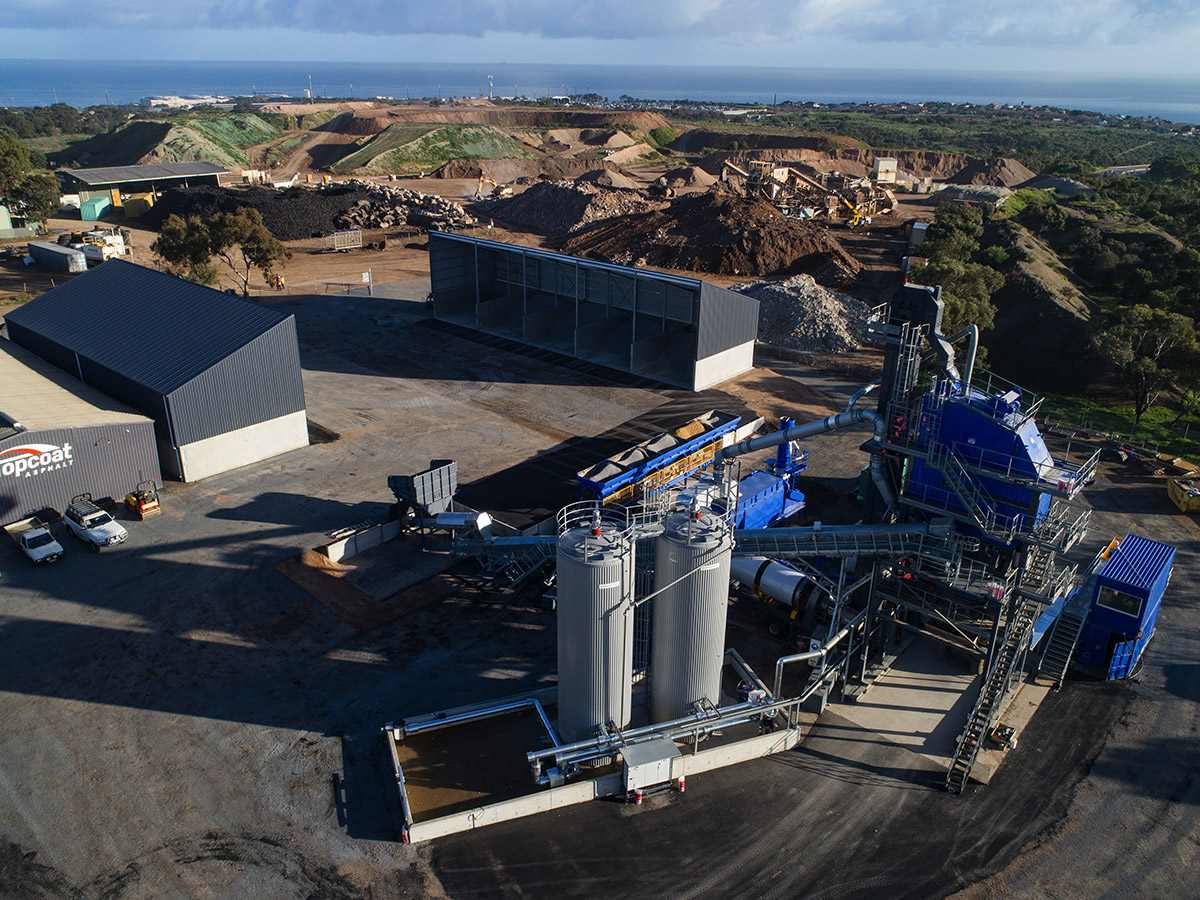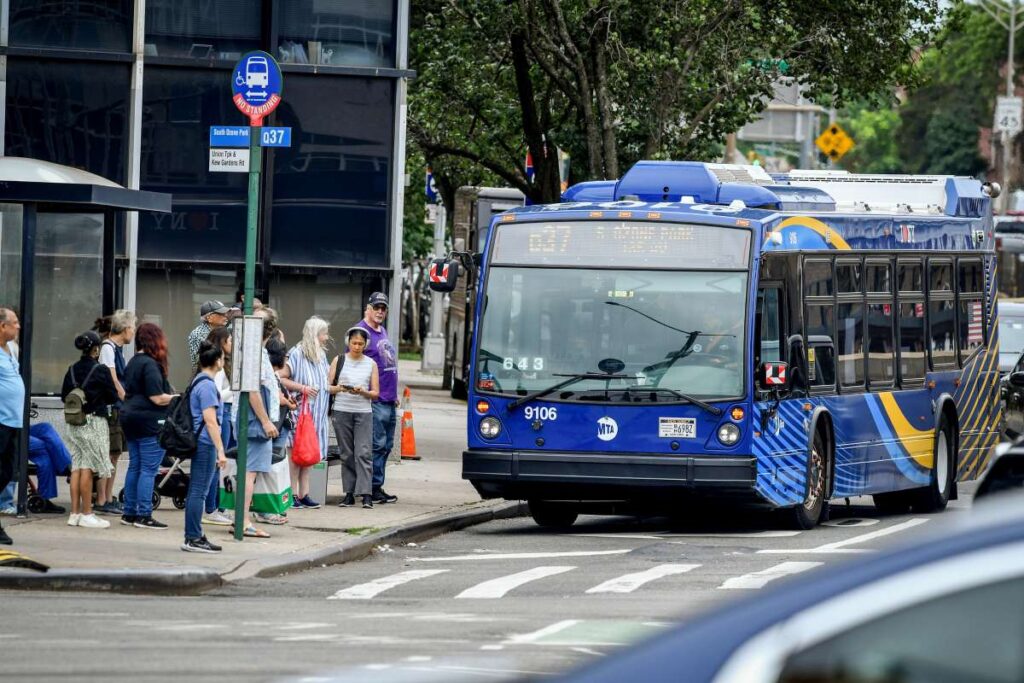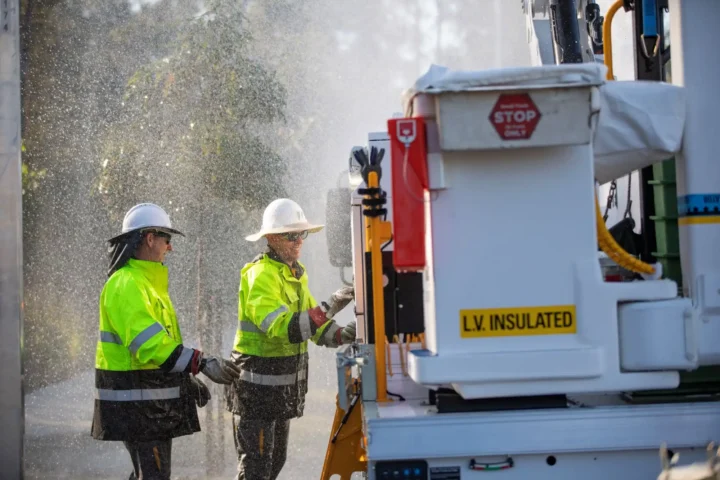Researchers at the University of Colorado Boulder have created a new way to measure and reduce carbon emissions in road construction. The team developed a process to set carbon limits for asphalt used in public roads, which the Colorado Department of Transportation (CDOT) has already put into practice. The study was recently published in the Transportation Research Record. PhD student Daniel Donado-Quintero led the research, with Associate Teaching Professor Chris Senseney from CU Boulder’s Department of Civil, Environmental and Architectural Engineering.
“The benchmarking process that we present in the paper is a first of its kind, and is already being used by CDOT. Other states plan to use our process within their highway agencies, too,” said Senseney. The research tackles a key problem: how to set realistic carbon limits for asphalt without disrupting road projects or quality. The team created a better way to evaluate different types of asphalt based on how they’re made and where they’re used.
What makes this approach valuable is its practical focus. By examining how much of each asphalt type is actually used in real projects, the researchers created more realistic carbon limits. These limits push suppliers toward greener practices without making impossible demands. “CDOT provided us with extensive data to analyze and offered us valuable insights,” Donado-Quintero explained.
Similar Posts
The method supports Colorado’s Buy Clean Act, which requires CDOT to set benchmarks on the global warming potential (GWP) of certain building materials. GWP measures how much a greenhouse gas warms the atmosphere compared to carbon dioxide, helping to understand different materials’ climate impacts. Carbon emissions from making construction materials – from extracting raw materials to manufacturing and transportation – are often overlooked. Unlike emissions from buildings and vehicles during use, these “embodied” emissions happen before the material is even installed.
The benchmarking process encourages asphalt producers to lower their carbon footprint by using more recycled materials, improving production methods, and using energy more efficiently at plants. This innovation comes at an important time. As states create policies to reduce construction emissions, transportation agencies need practical methods to set and enforce carbon limits. Environmental Product Declarations (EPDs), which are like nutrition labels but for environmental impact, are increasingly required in public construction bids.
The CU Boulder method connects policy goals with practical implementation. By setting benchmarks based on actual usage patterns, agencies can create realistic standards that gradually push the market toward lower-carbon options. CDOT will begin implementing carbon limits for asphalt and other materials in 2025, with other states watching closely as they develop their own policies.
This research helps reduce the climate impact of roads while maintaining performance and cost-effectiveness – a balance that has challenged agencies trying to implement climate-focused policies. For the construction industry, this approach provides a clear path toward meeting new carbon standards while encouraging innovation in materials and methods.

















